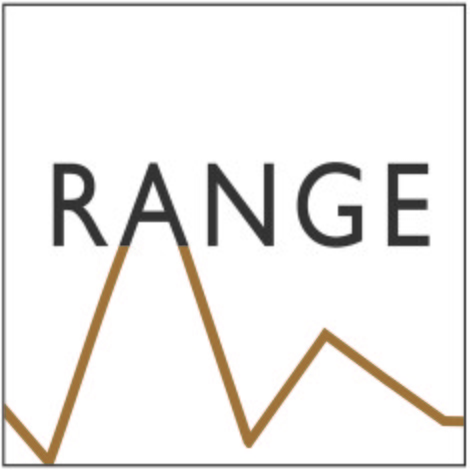Your podcast discovery platform
Curious minds select the most fascinating podcasts from around the world. Discover hand-piqd audio recommendations on your favorite topics.

piqer for: Health and Sanity Boom and bust Climate and Environment
Melissa Hutsell is an award-winning freelance journalist with a deep rooted passion for both community and international journalism. She was born and raised in Northern California, and has lived, studied, worked, and traveled in more 20 different countries. Melissa holds a Master's degree in Global Journalism from City University London, as well as degrees in Journalism and Globalization from Humboldt State University. Though she covers various topics as both a writer and editor, she specializes in business and cannabis journalism.
The (Lack Of) Diversity In America's National Park System
This episode was pulled from season 2 of the podcast series Range, originally released in 2016. The humorous, exploratory series tells the stories of people, places, issues and entrepreneurship in the Western U.S.
The U.S. National Park Service (NPS) celebrated its centennial in 2016. In total, its 59 national parks – most of those are located in the Western U.S. – welcome hundreds of thousands of visitors each year from around the world, most of them white. Eighty percent of the NPS and 80 percent of its annual visitors are white. Compared to the general population (which is getting more diverse), white visitors make up an overwhelming majority.
Does this mean non-white people aren't engaged with the outdoors? That's not the case at all explains Anthony Williams, Miami-based pollster. Voters of color are already overwhelmingly active in the outdoors, he said. In a survey he helped conduct for the New American Media Collation, he found 70 percent of voters of color engage in the outdoors, and 57 percent have visited national lands—two-thirds of those visited one within the past three years.
Despite these figures, stereotypes exists. That may lead to less outreach and access for minorities to national parks, Williams explained. For more answers, one of the podcast's hosts visits Yosemite to interview visitors. "Was it a total white-out?" the other host asks. "Not all all," she answers, "it was kind of like Disneyland; every ethnicity under the sun was there." Many visitors, she found, visited parks often, mainly state parks closer to the Bay Area.
Among other factors, there's a perception that [parks] are expensive or far away. Many of these resources are free," said Williams. "People think about Yellowstone, or the Grand Canyon as opposed to taking advantage of all recreational opportunities within an hour of them," he said. "There really is an information gap." Closing that gap by diversifying staff and combating stereotypes are key.
